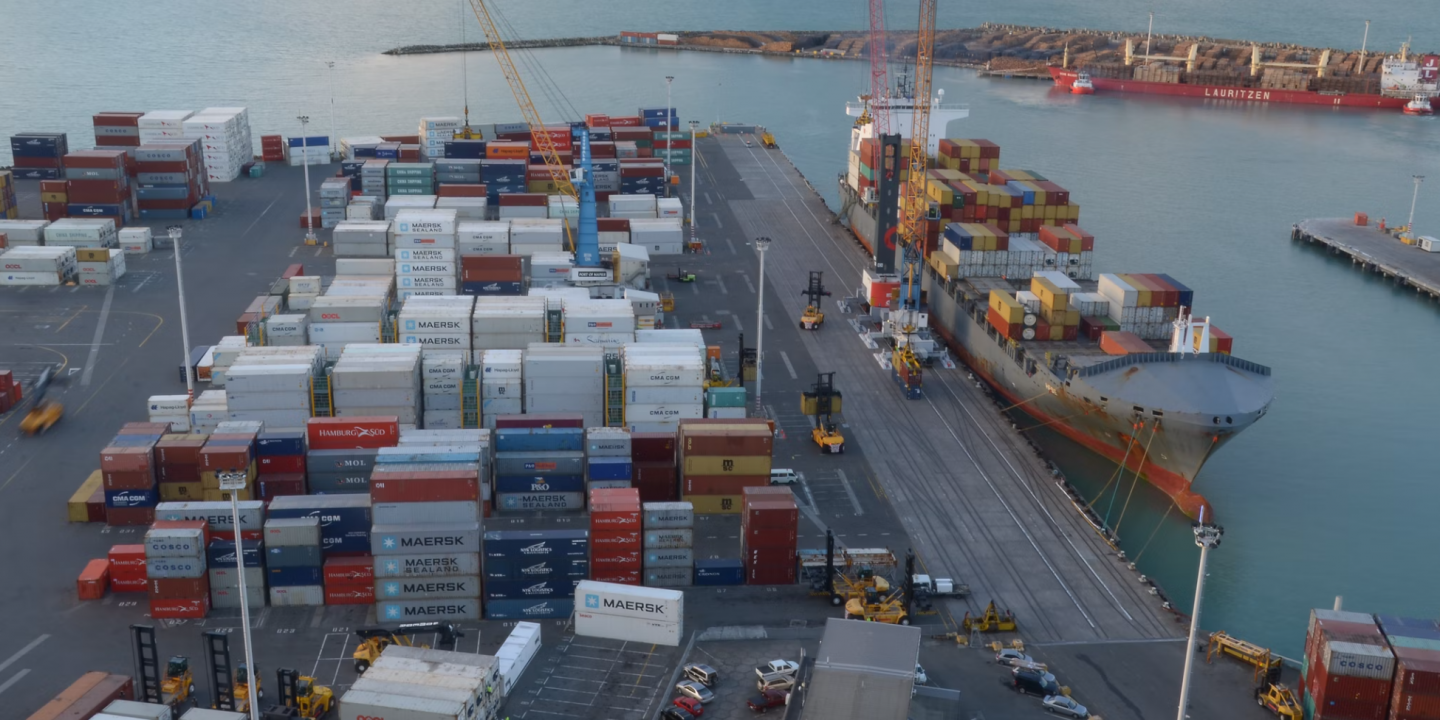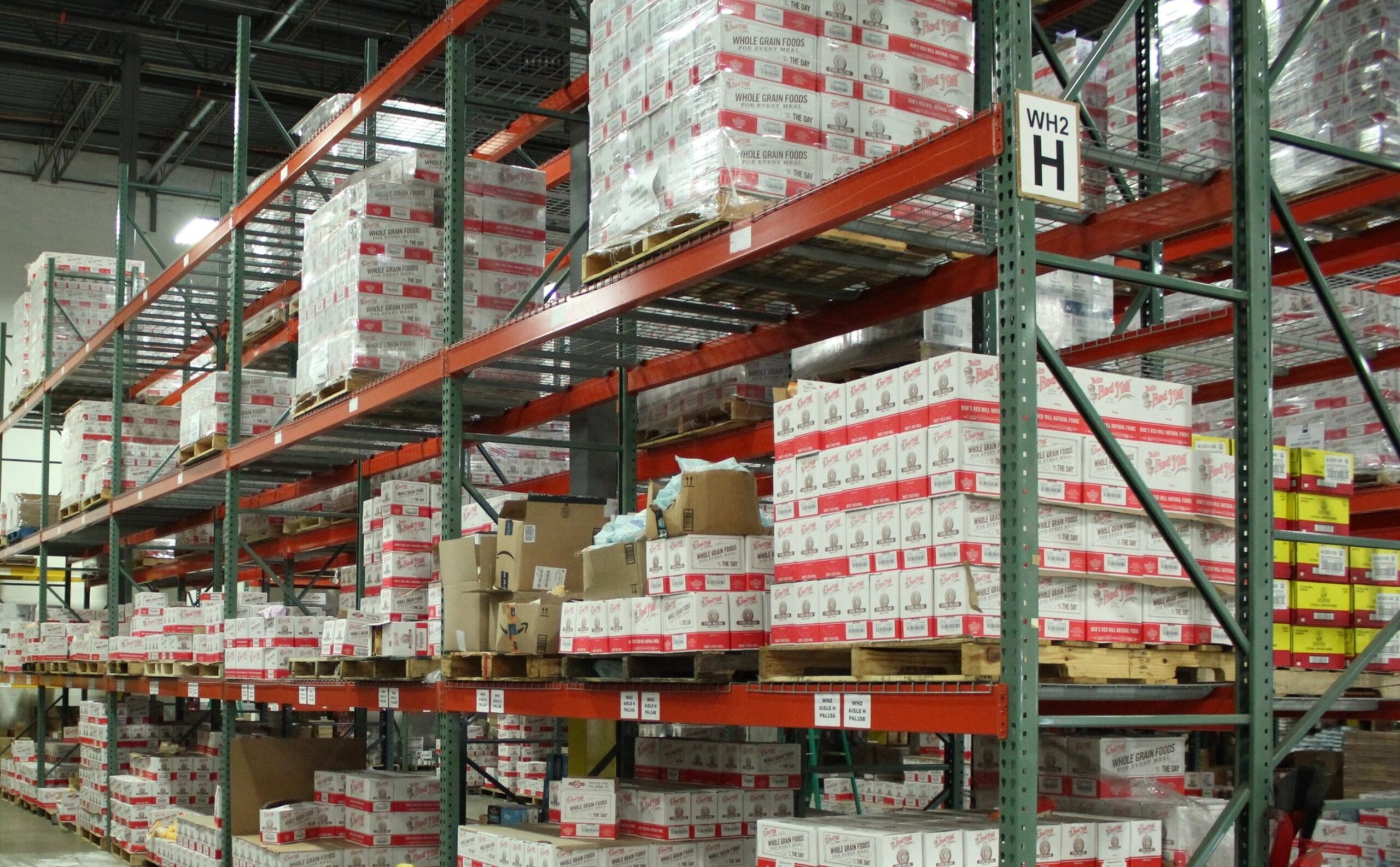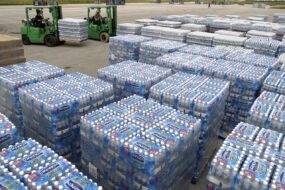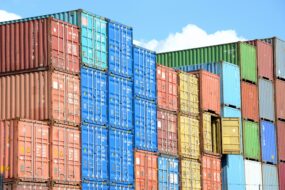Contents

Value chain is the process by which raw materials are made more valuable through production, manufacturing and sale to customers or end users. The supply chain is the process of supplying the product or service to customers.
A supply chain includes all the parties involved in fulfilling customer requests and leading to customer satisfaction. However, a value-chain is a collection of interrelated activities that a company uses to compete in the marketplace.
Key Takeaways
- The value chain refers to a process where a company adds value and produces products that are eventually sold to consumers.
- The supply chain is the entire process of getting the product to the customer.
- Companies have a competitive edge in the industry through the value chain, while customers are satisfied with the supply chain.
Value Chain
American academic Michael Porter pioneered the idea of a Value Chain in his 1985 book Competitive Advantage: Creating, Sustaining Superior Performance. The idea was used by Porter to demonstrate how companies can add value to raw materials in order to create products that are ultimately sold to the public
From a business management perspective, the concept of the value-chain is a simple idea. Managers of the value chain look for opportunities that add value. They might look for ways to reduce shortages, create product plans and collaborate with other members of the chain to increase customer value.
The value chain includes five steps. These five steps give companies the ability to create more value than the cost of providing their goods and services to customers. A company can have a competitive edge by optimizing the activities of any one of these five steps. These are the five steps or activities:
- Inbound Logistics Receiving, Warehousing and Inventory Control
- Operations: Value creating activities that convert inputs into products such as assembly or manufacturing.
- Outbound logistics: Activities needed to deliver a product to a customer. These activities include order fulfillment, inventory management, shipping, and warehousing.
- Sales and Marketing: Activities that are related to getting a buyer or seller to buy a product.
- Service: Activities to maintain and increase a product’s worth, such as customer service and warranty services.
Porter states that the value chain requires support activities to streamline the five main steps. These activities include technology development, procurement, human resource management, infrastructure, and other support activities.
Connecting what customers want and what a company produces is key to a profitable value chain. The value chain is made up of the following: the customer requests are the origin, move through the value chain, and then end at the final product. The value chain places a lot of emphasis on product testing, innovation and research and design, as well as marketing.
Supply Chain
The supply network is the flow of information, products, materials and funds from different stages in the creation and sale of a product to the end-user. From an operational management perspective, the concept of supply chain is important. Each step of the supply chain is part of a company’s business. This includes creating or manufacturing a product or service, shipping it to a location of sale and then selling it.
The supply chain encompasses all the functions that are involved in receiving and fulfilling a customer’s request. These functions include:
Many links are involved in large corporations and supply chain management is an important part of most companies’ operations. Supply chain management is a complex process that requires extensive skill and knowledge.
Shareholders and investors are the main stakeholders in value chain, while supply chain partners play a crucial role in the supply chain.
Although logistics, or the transport of goods, is often equated with supply chain, it’s only one component. The supply chain includes the coordination of when and how products are manufactured, as well as how they are transported.
Supply chain management’s primary concerns are cost and product delivery. A well-managed supply chain can lower consumer costs and help manufacturers increase their profits.
References
https://www.chicagobusiness.com/crains-content-studio/roundtable-supply-chain-transformation




